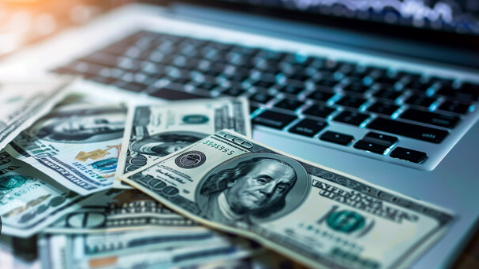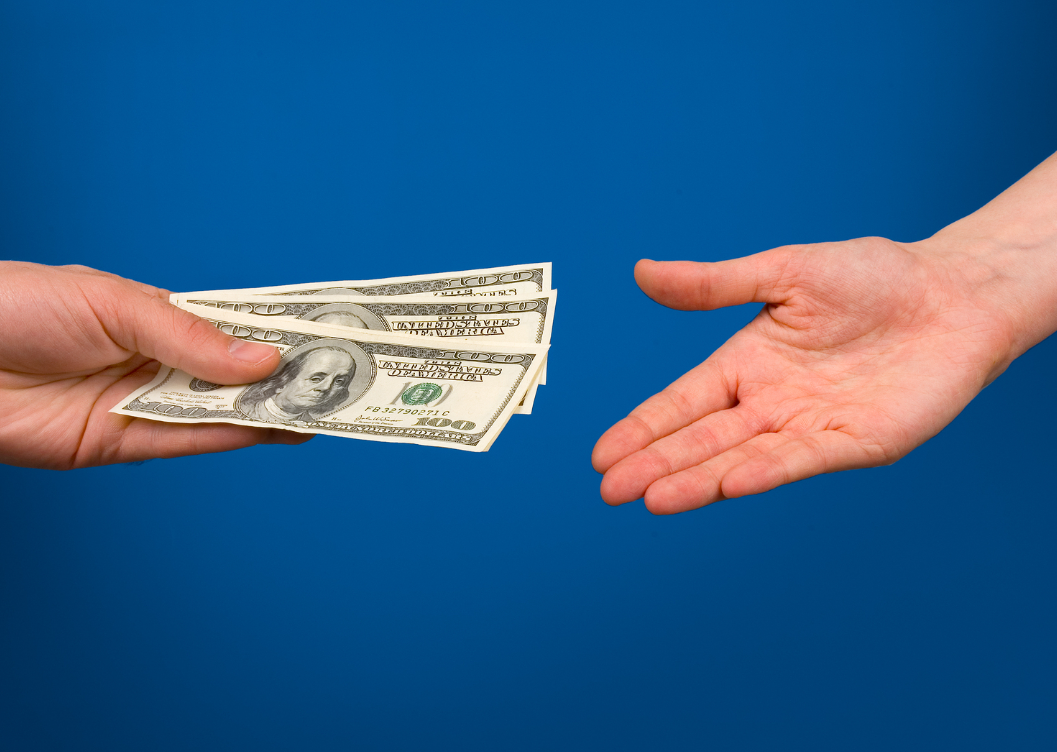At its core, cashback plays into one of the most powerful psychological triggers: the feeling of receiving “free money.” While shoppers are still spending their hard-earned cash to make a purchase, the cashback incentive creates the illusion of getting something for nothing. This sensation of receiving a reward or a gift after spending money is deeply satisfying and taps into the human desire for instant gratification.
Psychologically, when consumers are presented with a cashback offer, they experience a dopamine boost—the brain’s reward system lights up, reinforcing the behavior. This reward system motivates shoppers to continue participating in cashback programs, making them feel good about spending money.
2. The Endowment Effect
The endowment effect is a psychological phenomenon where people place a higher value on things they own or have control over. Cashback plays on this effect by making shoppers feel like they are already “earning” money back, even before they have received it. When consumers see that a certain percentage of their purchase will be refunded to them, they may mentally treat that cashback as part of their overall spending power, making them feel like they’re getting more for their money.
This sense of ownership or entitlement to the cashback reward often makes people more likely to complete their purchases. Shoppers may feel that their decision to buy something is justified because they’re getting something back in return, amplifying their satisfaction with the transaction.
3. Reciprocity and the Feeling of Reward
Humans are wired to respond to reciprocity—a social norm that suggests we should return favors. When companies offer cashback, they are giving shoppers a reward in exchange for their business. This act of giving triggers a sense of obligation in shoppers, making them feel more positively about the retailer. The offer of cashback can foster a sense of trust and gratitude, motivating customers to return for future purchases.
Additionally, the “reward” of cashback can trigger a cycle of positive reinforcement. Each time a shopper receives cashback, they associate the retailer with a sense of value, leading to repeat behavior. It’s not just about the money itself—it’s about the emotional payoff of feeling rewarded for spending.
4. The Power of Instant Gratification
Cashback offers also capitalize on the human desire for instant gratification. While other forms of discounts or loyalty programs may involve more time-consuming processes (such as accumulating points or waiting for seasonal sales), cashback delivers a tangible, immediate benefit. Even if the cashback isn’t received instantly, the promise of a return soon after the purchase is enough to create a sense of immediate reward. This instant payoff feels gratifying, and it’s part of what makes cashback offers so enticing.
5. Framing and Perceived Value
The way cashback offers are framed can also significantly influence consumer behavior. For example, a store might advertise a “5% cashback” deal, which sounds simple and straightforward, creating a sense of value. Shoppers tend to overestimate the benefit of cashback offers because they are framed in a way that makes the reward seem more substantial than it is. A 5% refund on a $100 purchase might only be $5, but the way it’s presented—”Earn $5 back”—can make consumers feel like they are getting a meaningful reward for their purchase, even if the actual financial benefit is minimal.
This framing taps into a cognitive bias known as “anchoring,” where consumers base their judgment of the cashback offer on the way it’s initially presented, rather than on the actual monetary value.
6. Social Proof and FOMO (Fear of Missing Out)
Social proof plays a significant role in driving cashback behavior. If consumers see that others are benefiting from cashback offers, they are more likely to jump on the bandwagon. Retailers often highlight how many customers have redeemed cashback rewards, which reinforces the idea that it’s a smart and popular choice. This taps into FOMO (fear of missing out), as shoppers don’t want to feel left out of an opportunity to save money or earn rewards.
Cashback offers can also be marketed as limited-time deals or exclusive opportunities, which further heightens the urgency and desire to act quickly. This sense of scarcity adds another psychological layer, pushing consumers to make a purchase they might have otherwise delayed.

The psychology of cashback is rooted in a combination of cognitive biases, emotional triggers, and the desire for instant rewards. From the illusion of “free money” to the satisfaction of reciprocity and the sense of value created by framing, cashback offers appeal to fundamental aspects of human behavior. This powerful combination makes cashback a highly effective tool in driving consumer purchases, fostering loyalty, and boosting retailer profits. As long as these psychological triggers remain effective, cashback will continue to be a favorite incentive for shoppers—and a smart strategy for retailers looking to attract and retain customers.
